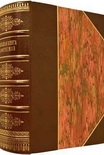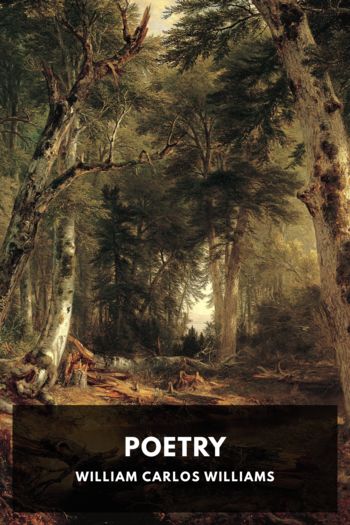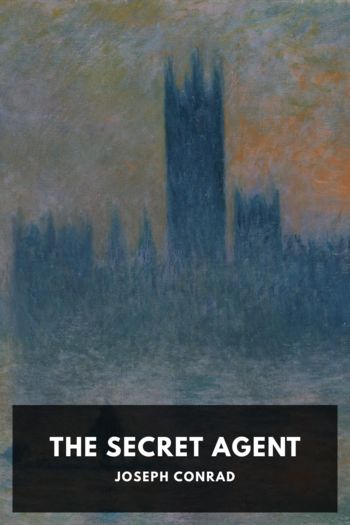Hidden History: Lost Civilizations, Secret Knowledge, and Ancient Mysteries, Brian Haughton [books you need to read .TXT] 📗

- Author: Brian Haughton
Book online «Hidden History: Lost Civilizations, Secret Knowledge, and Ancient Mysteries, Brian Haughton [books you need to read .TXT] 📗». Author Brian Haughton
One misconception about the objects is that they are almost perfect spheres, accurate to within "0.5 inch or 0.2 percent" as some have suggested. This is not the case, as there have been no such precise measurements of the spheres. The balls are not flawlessly smooth at all, some can differ more than 5 centimeters in diameter from a true sphere. A problem of a different type is how pre-Columbian societies moved the stones to their required locations. Such a task certainly points to an advanced and organized culture (though if the stones were carved in a mountain quarry, it is obvious that spherical objects roll fairly easily, especially downhill).
The question of who made these mysterious spheres and why is a more complicated issue. According to archaeologists the spheres were shaped
during two separate cultural periods. Only a handful of spheres remain from the earlier of these, known as the Aguas Buenas period, which lasted from around A.D. 100 to 500. In the second phase, the Chiriqui period (which dates from around A.D. 800 to 1500), a larger amount of the stone spheres appear to have been manufactured, with a distribution along the lower part of the Terraba River. However, this does not tell us anything about the function of the spheres. Leaving aside helpful intervention by extraterrestrials or Atlanteans, the most unique theory is that they were set up by an extremely advanced prehistoric culture to function as antennae-forming part of an ancient worldwide power grid. However, without concrete evidence, such a theory is baseless, and just as mythical as the local legend that the local people had access to a potion with which they were able to soften the rock. In their 1998 book, Atlantis in America: Navigators of the Ancient World, Ivar Zapp and George Erikson suggest that the spheres were set up as navigational instruments by an advanced ancient seafaring race, a race that influenced the Greek philosopher Plato to write about the lost land of Atlantis. However, this theory requires the spheres to be placed close enough to the coast to be seen by navigators, which is not the case. It also presupposes an accuracy in the alignments of the spheres not present in the examples we have left in their original context.
We don't really know why these objects were made, especially as most of them have been moved from their original locations. This is a significant problem, as the placements of the stone balls was probably of vital importance to the people who first positioned them. However, going on the available evidence, the most probable theory for a number of the spheres is that they were used as markers of some kind, perhaps property boundaries or status symbols. Another idea, taking into account that many of the balls were originally found in alignments, is that they represent the sun, moon, and all the known planets at the time of their placement. It has even been suggested that they represent the entire solar system. An interesting fact noted by Lothrop in the 1940s was that several of the balls he examined seemed to have tumbled down from neighboring mounds, which were formerly the sites of houses. Perhaps the spheres had once been contained inside these structures on top of the mounds, though this would make them ineffective for astronomy, and certainly of no use to navigators. It is likely that the spheres had numerous purposes, which perhaps changed over the 1,000 years they were around. One interesting idea is that the laborious manufacture of the spheres may itself have been a significant ritual as importantor perhaps more important-than the finished product.
Ever since their discovery, the stone spheres of Costa Rica have been affected by exposure to temperature changes, damage from rain and irrigation, and periodic burning. In 1997, the
Landmarks Foundation was created to conserve sacred sites and landscapes around the world. In 2001, with the cooperation of various governmental organizations, the Foundation and the National Museum of Costa Rica were able to transport many of the spheres from San Jose across the high mountain range and back to their original homes. They are currently being stored and protected until a Cultural Center can be constructed to house and display them in their original locations in the Diquis Delta.
Archaeologists still occasionally find new examples of the spheres in the mud of the Diquis Delta, and there are probably more out there.





Comments (0)